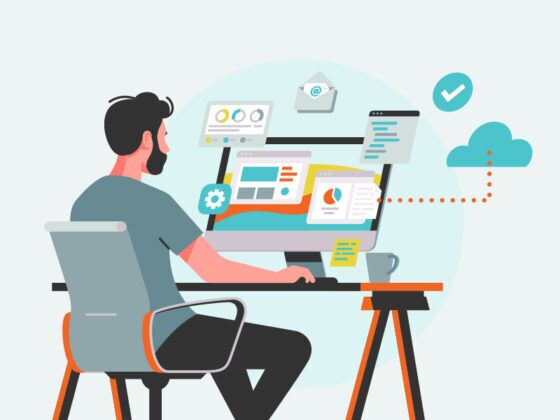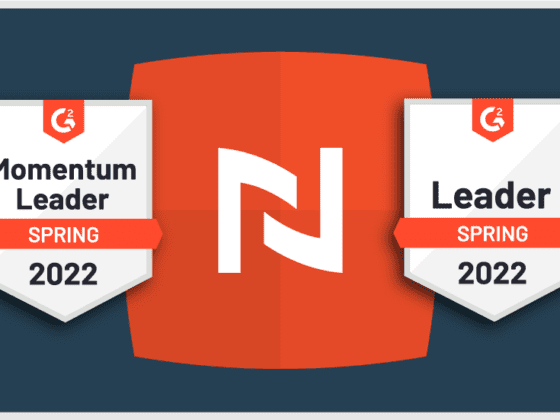Just a few years ago, the New York Times predicted that an army of robots would put attorneys out of work. It’s an interesting premise, and there may be some truth in it.
But in my experience in legal technology, the real challenge is not that technology is taking over legal tasks. It is that, too often, law firm are saddled with outdated technology that only makes their jobs harder.
Why isn’t there better litigation technology being used in law firms today?
In theory, technology is developed and deployed with one sole purpose; to provide a solution. Like helping an engineer develop a new part for a jet engine, or assisting a doctor in diagnosing diseases. On the web, technology is used to quickly process large volumes of data to detect travel and pricing trends and spit out real-time airfare savings.
You may not even be aware of how much technology impacts your life. Just think about all of the technological advancements that have been made and deployed just so you can read this blog post from your current location. It is so prevalent in today’s world that we often forget what life was like before smart phones, Facebook, online shopping, and GPS.
But if you look at the current technology landscape deployed in law firms, it is almost universally difficult to use and inefficient. As an Account Director at Nextpoint, I have the unique opportunity to visit and meet with law professionals across the country. They work at firms of varying sizes and practice areas but I hear the same complaints over and over again. It is usually said with a smirk and slight shaking of the head, “Michael, what we use sucks.” “It’s slow.” It’s old.” Or my favorite, “Its all paper.”
It Doesn’t Have to Be This Way
There are a few reasons why law firms are behind the eight ball when it comes to software in the workplace. Unfortunately, legal professionals themselves often shoulder the blame. You’re probably not going to be surprised to hear this: Lawyers are risk adverse. They are conservative in their approach to changing their ways or attempting something new. “This was how it was done before I got here and this is how it will continue to be done.”
But in addition to conservatism, the primary reason for the lack of good technology in law firms is the result of the switch/transition to electronically stored information. Law firms were suddenly thrust into the digital world if they liked it or not. They had to adjust on the fly and deploy some sort of technology solution to manage the influx of electronically stored information that they were now tasked with reviewing and storing. The options at the time were limited, and required the firm to make huge investments in their internal infrastructure. The IT department spent a lot of money to install these software applications across most firms.
Time to Get the Cloud
But that was in the early 90’s. It is now 2013 and those same software applications are still being used. (I’m looking at you, Summation and Concordance). Sure, you might be on version 10.9 or patch 3.49, but the technology maintains the same basic functionality. Better technology for law firms and legal professionals exists. Technology in the legal space has evolved and has become faster, better, and cheaper. With cloud technology, these types of applications can be easily deployed across an entire firm in a matter of hours. In every aspect of a law firm there is better software to streamline and assist with practice management, litigation support, eDiscovery and internal firm communication.
Most industries have embraced the cloud, but law firms have been slow to make this transition. While this is the Nextpoint blog, we’re not just talking about our own eDiscovery and Case Prep solutions – there are a number of innovative, cloud-based practice management, time and billing, and other legal-specific solutions in the cloud that don’t require huge investments.
And yes, technology is being used now to assist with reviewing large sets of data (without putting lawyers out of work). You will be surprised at the number of great new technology options that are a few clicks away from being used today. For more information you can also get our free, downloadable eBook, eDiscovery in the Cloud.
So what is holding you back?






